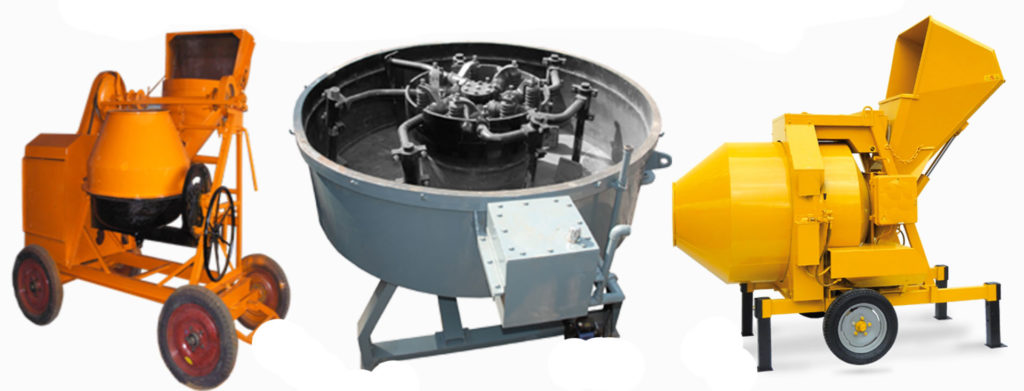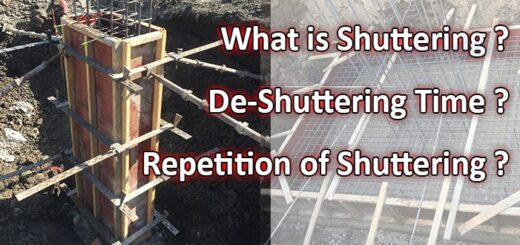How to mix concrete at site? Mixing Type?
Type of concrete mixing at Site
- Manual Mixing
- Machine Mixing
Concrete mixing is very important for the good strength of the structure.
Hand Mixing Concrete.
- Check the platform before mixing At the time of mixing ensure that no cement slurry flows away.
- Using M.S. trays if a concrete platform in not available.
- Check the proportion of sand, metal, and cement for one bag mix. Measurement should be taken by farma only.
- Prepare one bag mix at a time.
- Dry materials are mixed by turning them over, from one end to another and cutting with a shovel until the mix appears uniform.
- Turning is done three times for dry mix material, for proper mixing.
- Make a pond required size and dry material for water.
- Add an approx. quantity of water slowly to the dry mix, using a bucket. Check the capacity of the bucket.
- Mix all the materials until a uniform colour and consistency appear.
- After Visual inspection, if the colour and consistency of concrete do not seem right add 10% more cement in the same mix.
Machine Mixing
Machine mixing is faster and cheaper than hand mixing. It generally produces more strength and better workability.
Type of machine mixing.
- Tilting Mixer
- Pan Mixer
- Non-Tilting Mixer
Tilting mixer is used more often.
- Clean the hopper first.
- Place the coarse aggregate first in the hopper followed by sand and cement.
- Check if the correct quantities of cement, sand and aggregate are loaded in the hopper or not.
- Raise the hopper to discharge the material into the rotating drum.
- Add the correct amount of water to the drum using a bucket.
- The period of mixing in the rotating drum should be 1-2 minutes.
Advantage of machine mixing Concrete.
- The water-cement ratio can be controlled easily in machine mixing.
- All materials like cement, sand metal etc, can be mixed properly.
- Easily control over mixing i.e. up to the required colour and consistency.
- Wastage of cement, sand and metal can be reduced with the hopper.
- For larger concreting works, the strength of labour is reduced.
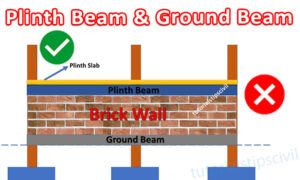 |
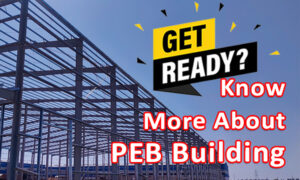 |
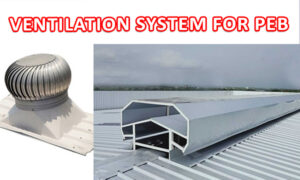 |
 |
 |
 |
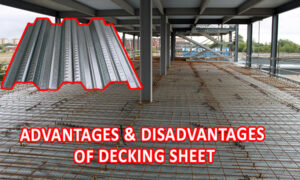 |
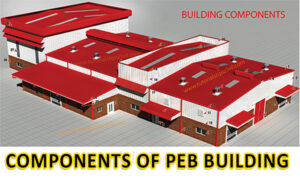 |
 |
 |
 |
 |
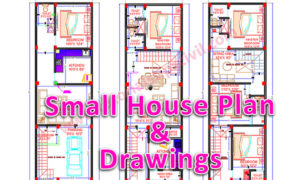 |
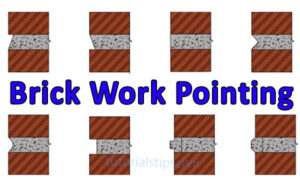 |
 |
 |
 |
 |


